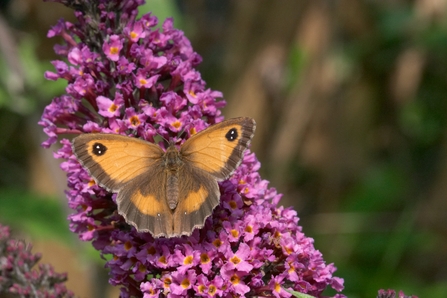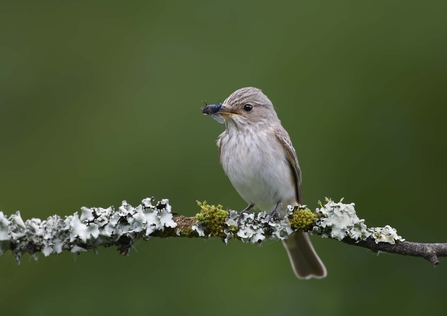Buddleia butterflies
I have several buddleias in the garden and the first to flower is now pulling in insects. Not high numbers as yet but there's been a good variety including commas, peacocks, small tortoiseshells, whites, and even a skipper briefly as well as bumblebees.
Perhaps we'll get a hummingbird hawkmoth too? I saw one on my local patch the other day so there are some about. Elsewhere in the garden, a male brimstone tried its best with the flowers of everlasting peas and a first gatekeeper of the year flitted about near some mint which they favour.
It's proving to be a very good year for most of our butterflies with numbers recorded on transects across the county up by well over 100% on last year. High numbers of many of the commoner species are being recorded on most transects with the highest total this week being 748 on a butterfly transect in Buxton. 500 of those were ringlets, a butterfly which was absent from the county 40 years ago. Meadow browns are also being seen in huge numbers, clearly enjoying the hot and dry weather. These two species depend on grasses on which their caterpillars feed. They are rather similar and when faded can be hard to separate.


